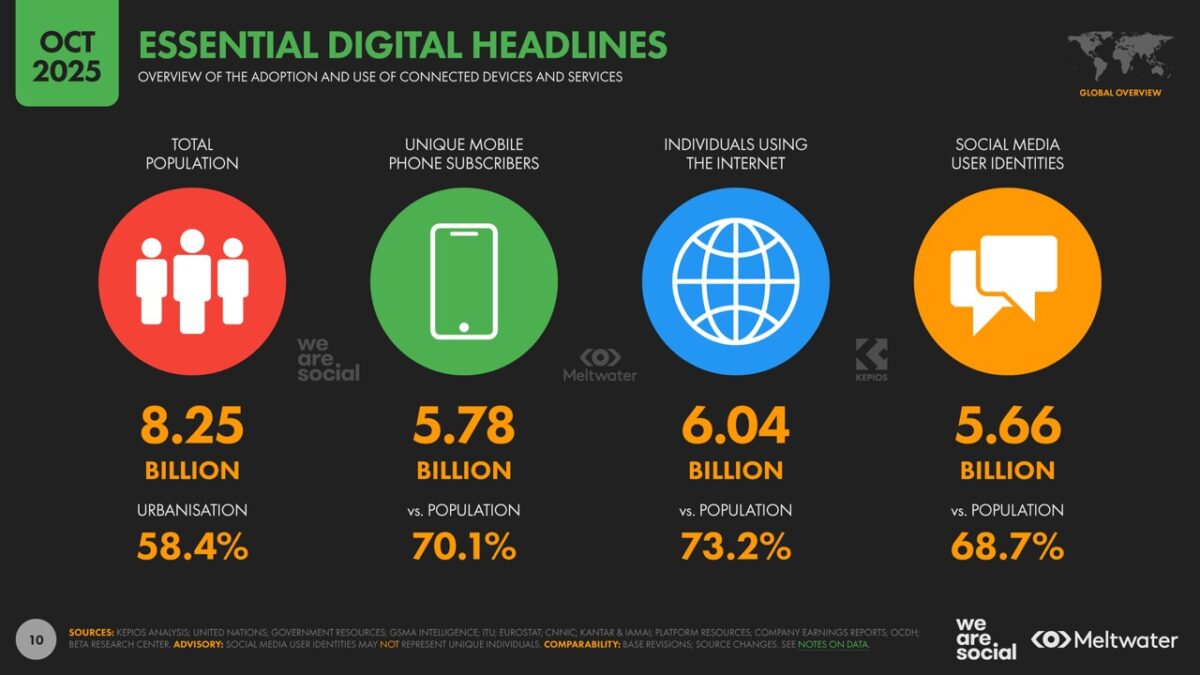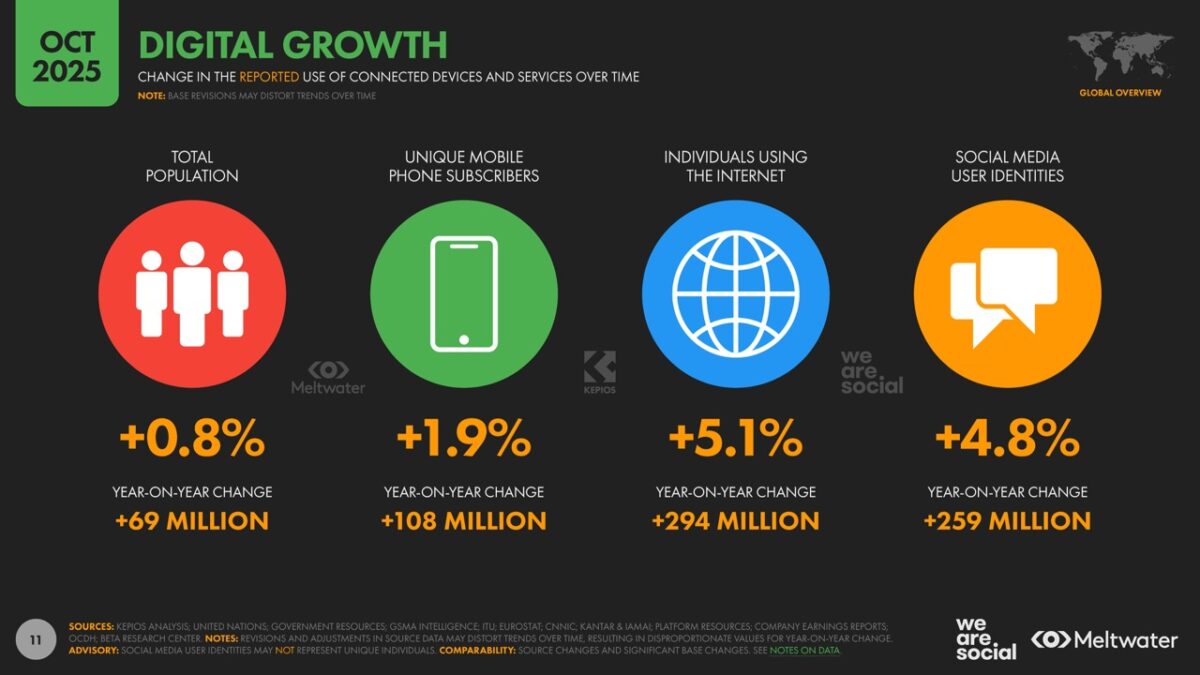Meltwater, a global leader in media, social and consumer intelligence, and We Are Social, the socially-led creative agency, have released Digital 2026, their latest annual report on social media and digital trends worldwide.
Digital 2026 reveals major milestones in internet and social media adoption, with more than two-thirds of the world’s total population now using social media. The report also points to a significant evolution in online behavior, as the battle for attention intensifies on established platforms.
A social media ‘supermajority’
According to Digital 2026, global social media user identities now stand at 5.66 billion, equivalent to 68.7 percent of the global population. This figure represents a ‘supermajority’, with social media users outnumbering non-users two to one. The global total increased by 4.8 percent over the past year, thanks to the addition of 259 million new user identities.
The battle for attention
While user numbers continue to climb, how people spend their time is changing. The typical internet user spends more than 2.5 hours per day on social and video platforms, with ‘filling spare time’ now ranking as the second-biggest motivation for using social media, behind ‘keeping in touch with friends and family’.
When it comes to which platforms are winning this battle for attention, Similarweb data shows YouTube has the largest number of active app users, almost 50 percent more than fifth-placed TikTok. However, the typical TikTok user spends an average of 1 hour and 37 minutes per day using the platform’s Android app, significantly more than any other social platform.
Social media now the top channel for brand discovery
Digital 2026 highlights fundamental differences in how different generations discover brands, with social media ads now the dominant channel for younger consumers.
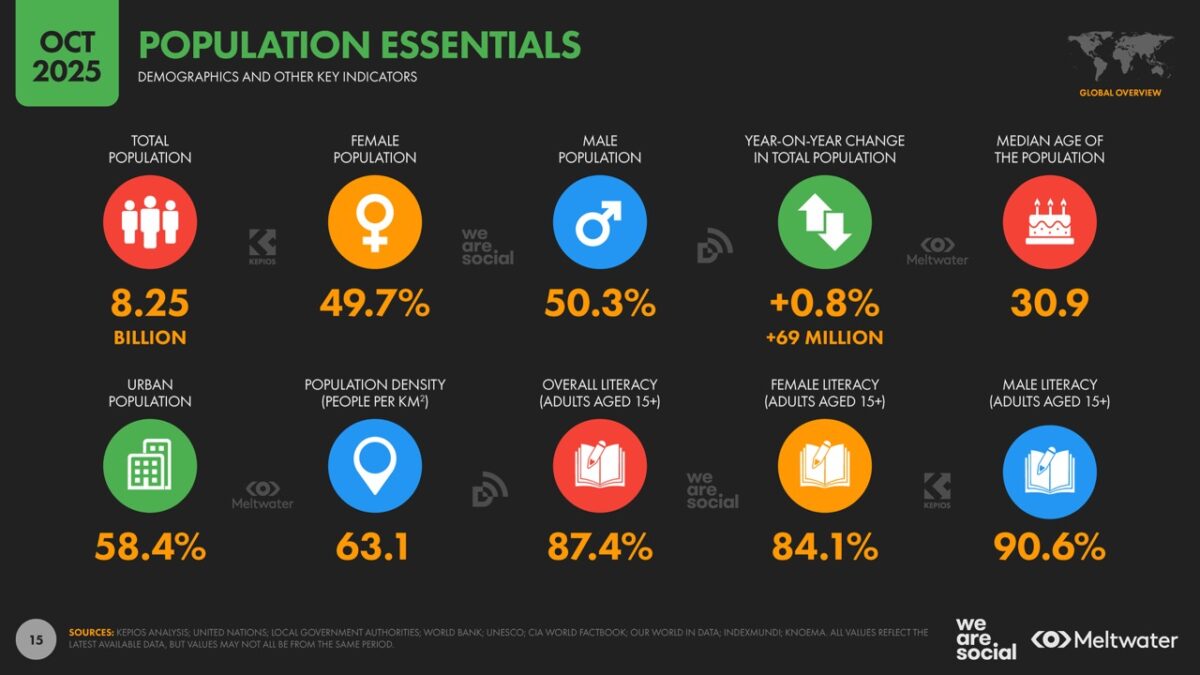
The report finds that for internet users aged 16 to 34, social media ads are the number one source of brand discovery, with 34.2 percent of 16 to 24-year-olds and 32.1 percent of 25 to 34-year-olds using them to learn about new products and services. Social media ads also rank a strong second behind search engines for those aged 35 to 44, underlining a clear generational divide where older audiences still rely on more traditional channels.
AI adoption surges past 1 billion
Digital 2026 provides compelling evidence that more than 1 billion people now use standalone generative AI tools every month. OpenAI’s CEO reported that ChatGPT alone had 800 million weekly users in early October 2025. This rapid adoption is reshaping online behaviours, particularly search, with GWI data showing a steady decline in the number of people who use a conventional search engine each month.
Digital ad spend continues to climb
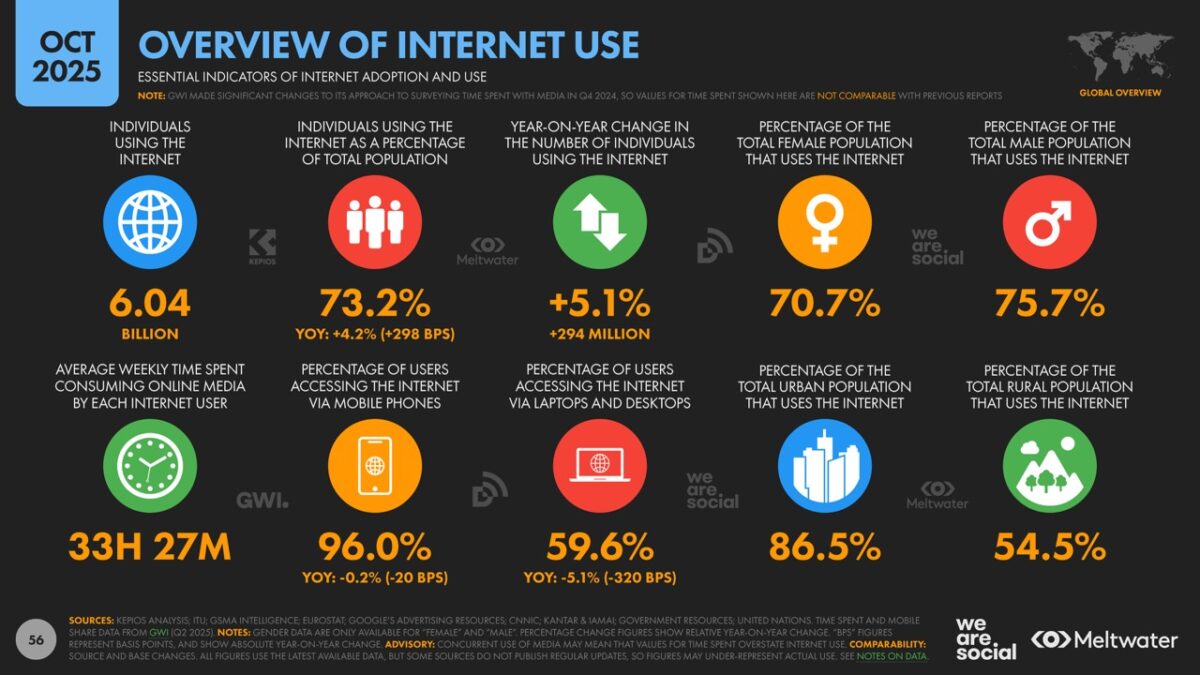
Marketers are on track to spend USD1.16 trillion on advertising in 2025, with digital channels accounting for nearly three-quarters (74.4 percent) of that total. Social media advertising continues to enjoy strong growth, with global spend projected to increase by 13.6 percent year-on-year to reach USD277 billion in 2025.
Digital 2026 is a 700-page report covering data from across the entire online ecosystem. Other key social media highlights include:
- Social media ads are now the number one source of brand discovery for internet users aged 16 to 34, ahead of search engines and TV ads.
- Women aged 16 to 24 now spend an average of 3 hours and 40 minutes per day on social and video platforms, the most of any demographic.
- The typical social media user now uses an average of 6.75 different social platforms each month.
And from the wider digital ecosystem:
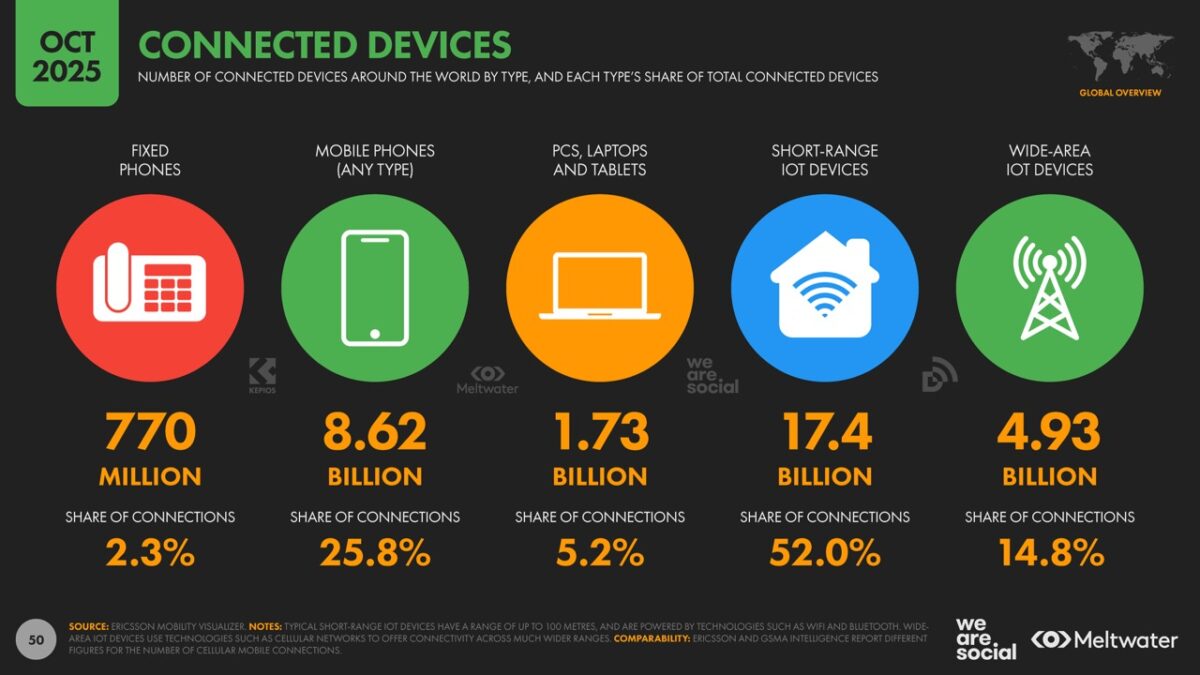
- Online retail advertising is surging, with marketers on track to spend a combined USD204 billion on ads on these platforms in 2025.
- Streaming services now account for more than half (50.4 percent) of all time spent watching TV content globally.
- The number of people using a conventional search engine each month has seen a steady decline, with only 80 percent of online adults now using one.
- Globally, YouTube’s advertising formats on connected TVs now reach more than four in ten of its users each month.
- Nearly half of the world’s online adults say that they are excited about the potential of artificial intelligence.
- There are 5.78 billion unique mobile users globally, equating to 70.1% of the world’s population
“We’re seeing a profound shift in how people discover brands, with more people turning to social media and AI platforms than ever before. Among younger audiences, social media ads now carry more weight than traditional search in shaping awareness and perception, while the rise of GenAI, now used by more than a billion people each month, is transforming how people find and trust information. For marketers and communicators, this is an exciting opportunity to build strategies that connect with audiences in new ways and meet them where they are today,” said Alexandra Bjertnæs, chief strategy officer at Meltwater.
Toby Southgate, global group CEO at We Are Social said: “This year’s report confirms the game keeps changing, creating both huge opportunities and a new challenge for marketers. A ‘supermajority’ of the world is now active on social media – this is where brands win or lose. That means we have moved from a race for reach to a battle for relevance. Success in this new landscape will be defined by a deep, cultural understanding of platforms and behaviours, and the ability to earn attention with ideas that are truly worth talking about.”
Zooming into the Asia Pacific region, Meltwater’s APAC vice president, Mimrah Mahmood, adds, “APAC remains one of the most dynamic digital regions in the world. Internet and social media usage in several markets consistently outpaces global averages, and audiences are increasingly embracing emerging technologies like AI. As these shifts continue, the opportunities for brands and organisations to meet consumers in the exact moments, platforms, and communities where they are also grows.”
Read the full report now: https://www.meltwater.com/en/global-digital-trends
![Pages from [MEDIA] Digital 2026 Global Overview Report_Page_1 Large](https://gadgetsmagazine.com.ph/wp-content/uploads/2025/10/Pages-from-MEDIA-Digital-2026-Global-Overview-Report_Page_1-Large-696x392.jpeg)
